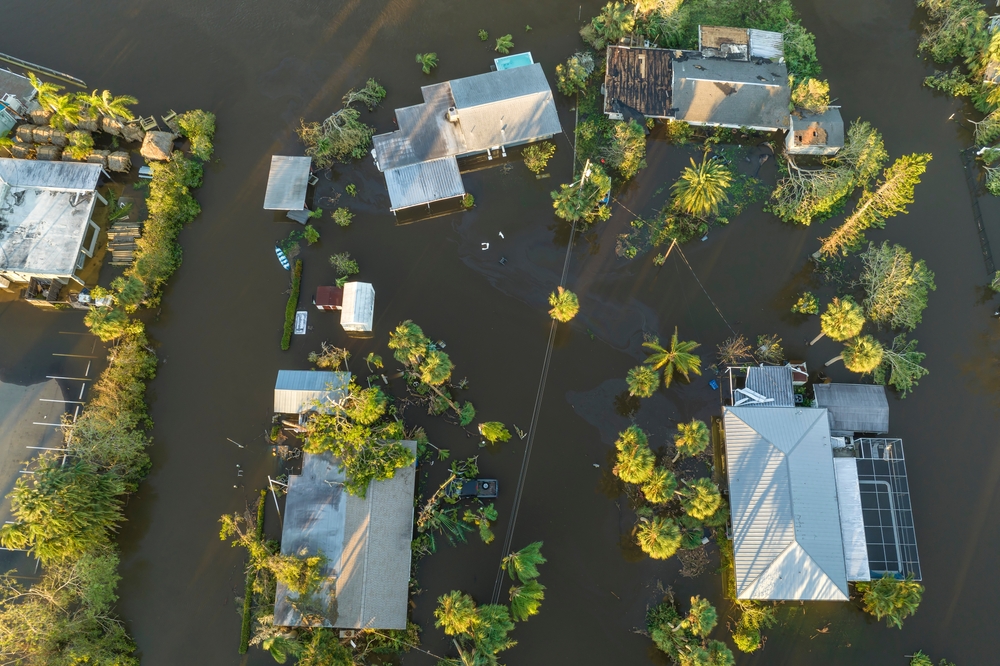
Disasters can be incredibly destructive, and since climate change has become a problem that directly affects us, it is better to be informed about this matter.
According to the NOAA National Centers for Environmental Information, climate and weather-related catastrophes in the United States caused about $93 billion in damage last year. Considering this, have you ever wondered if you are safe? Is the state you live in one of the states that are the most affected by extreme weather that is caused by climate change?
First of all, you need to know that all the states are at risk, but there are some that are more exposed than others. And many of them are not making efforts to mitigate the risks.
Read on and find out if your state is prepared for major damage from flooding, extreme heat, wildfires, and wind.























9 thoughts on “5 States That Could Be Crushed by Climate Change”
The Republican Party, just stop with Climate Change nonsence, we nhave now better than before.
The Chesapeake Bay couldn’t have 12,000miles of coastline – it’s only 100+ miles long. Maybe 1,200miles?
Most of these are northeastern states, so here is my suggestion: cut them all loose and let them form their own little nation. We will miss their revenue . . . but nothing else about them. We will build a big wall so that, when they soon run their little utopia into the ground, they won’t be seeking refuge here.
Then do the same with the Left Coast; Problem solved.
Wow, all of this scare propaganda. So sad and just not true. People don’t need this in a free nation.
If the Deep State would just leave climate alone, we all would be safer and happier. Climate change is natural, however Man-made hurricanes, rain to flood, tornadoes, cyclones, blizzards, extreme hot temperatures are now being made by man-made machines like HAARP. Millions of us know this. Climate change is being disputed by real scientists. If people believe in todays “climate Change” done by machines, then I have no hope for mankind. They are the ones who need help. Or prison!
“climate change crisis” is a MYTH and a LIE of the DEEP STATE to STRIP your FREEDOMS from you. Get away from the “junk science” and get INFORMED.
Didn’t Gore warn about this years ago and the republicans laughed at him? Well DUH!
What? You mean the man-made “climate change” HAARP for one. We are not fooled by this propaganda!
Marland CAN’T have 12,000 miles of coastland. Looks like a lot less than 1,200 miles.